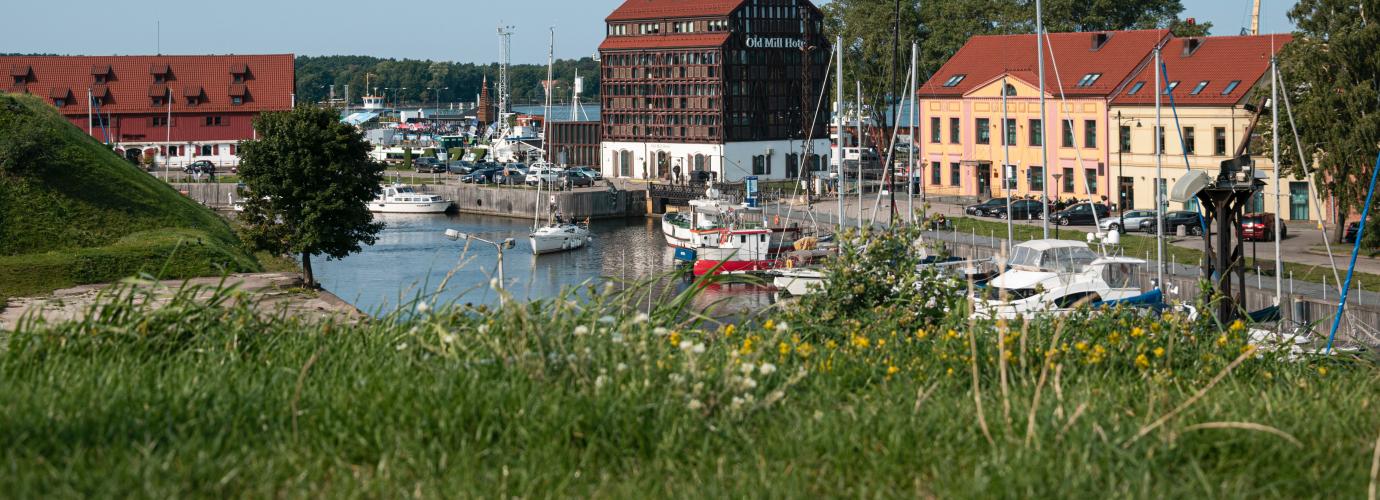In the Law on Education, lower secondary education, upper secondary education and vocational education and training (VET)(post-secondary non-tertiary education) are defined as separate parts of the formal education system.
Lower secondary education
Lower secondary education in Lithuania is attributed to ISCED level 2. It is the second stage of formal education implemented according to a six-year lower secondary education curriculum. The first part of the lower secondary education curriculum covers a four-year lower secondary education phase and the second part - a two-year lower secondary education phase. The second part of the lower secondary education curriculum may include modules of VET programmes which will be credited when learning is continued according to VET programmes.
The purpose of lower secondary education is to provide an individual with the basics of moral, sociocultural and civic maturity as well as general and technological literacy, cultivate national consciousness, foster an intent and ability to make decisions and choices and continue learning.
Institutions providing lower secondary education include pre-gymnasiums, lower secondary education schools and gymnasiums. VET schools can also provide lower secondary education together with a VET programme.
Upper secondary education
Upper secondary education in Lithuania is attributed to ISCED level 3. Upper secondary education is implemented according to a two-year secondary education curriculum. The curriculum consists of compulsory and elective subjects of general education and available modules of VET programmes.
The purpose of upper secondary education is to assist individuals in the acquisition of general academic, socio-cultural and technological literacy, moral, national and civic maturity and the basics of vocational competence.
Gymnasiums implement upper secondary education programmes. VET schools can also provide upper secondary education together with a VET programme.
Vocational education and training (post-secondary non-tertiary education)
VET is attributed to ISCED level 4 in Lithuania. It is post-secondary non-tertiary education of one, one and a half or two years carried out in accordance with VET programmes.
The purpose of VET is to assist individuals in the acquisition, change or upgrading of his/her qualification and preparation for participation in the changing labour market. VET may be initial or continuing. Initial VET is formal, universally available and intended for the acquisition of an initial qualification. Continuing VET is provided to individuals who have already obtained an initial qualification. It comprises formal and non-formal VET.
The main providers of VET in the country are vocational schools. VET may also be provided by freelance teachers or other VET providers (general education schools, institutions, organisations or enterprises whose core business is other than the provision of VET) that have a statutory right to develop and/or deliver VET programmes. VET providers may enrol learners and start delivering formal VET programmes only after obtaining a license from the Ministry of Education, Science and Sport.
Under the Constitution, primary education is compulsory for all children from the calendar year they turn 7 up to the age of 16. Some children start primary education then they are 6 years of age. Lower sescondary education includes children from 11 (10) to 16 (15) years of age. Upper secondary education includes children from 17 (16) to 19 (18) years of age. VET is provided for students that are 14 years of age and more.
Organisation of lower secondary, upper secondary and VET in Lithuania is regulated by the following main legal acts:
- Laws: Law on Education (2011), Law on Vocational Education and Training (2018).
- Resolution of the Government: Rules for the Development of the Network of Schools Implementing Formal Education Curricula (2011).
- Orders of the Minister of Education, Science and Sport: General Plan of the Primary, Lower Secondary and Upper Secondary Education Curriculum for the 2023-2024 and 2024-2025 (2023), Description of Formal Vocational Education and Training Curriculum (2012), General Plan of the Vocational Education and Training Curriculum for the 2023-2024 and 2024-2025 (2023), Procedure for Consecutive Learning in Accordance with General Education Curricula (2012), Conceptual Framework of Non-Traditional Education (2010).

